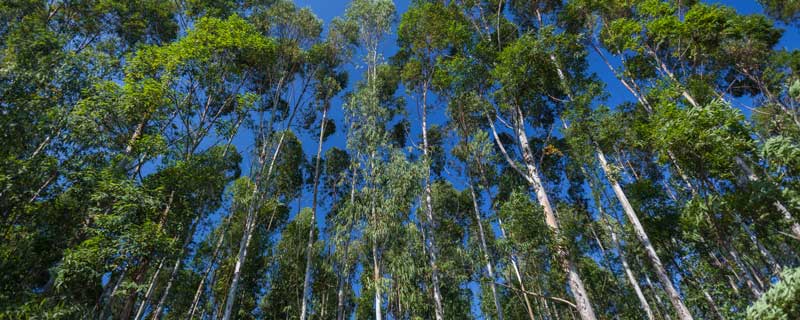Ecological Infrastructure
Ecological Infrastructure (EI)
This is not to be confused with “green infrastructure”, which is a broader term that includes built infrastructure. Ecological Infrastructure is a subset of green infrastructure. Green Infrastructure that is built to mimic ecological infrastructure is artificial ecological infrastructure.
Ecological Infrastructure is the asset that delivers ecosystem services to people, and it is the nature-based equivalent of built or hard infrastructure that contributes significantly to socio-economic development. These include healthy mountain catchments, rivers, wetlands, coastal dunes and nodes and corridors for natural habitats which together form a network of interconnected structural elements of the landscape.
Ecological Infrastructure is a public good and investing in it has spillover effects. Investment in ecological infrastructure could involve the maintenance, rehabilitation of degraded ecological infrastructure and protection of these.
Further work could go into the investment of Ecological Infrastructure through mainstreaming efforts where biodiversity priorities are incorporated into the planning and implementation of Spatial Planning & Land Use Management Act (SPLUMA) and National Environmental Management: Biodiversity Act, 2004 (NEMA).
These mainstreaming efforts could be in the form of funding the development of foundational biodiversity spatial plans to be considered in other spatial planning processes i.e. a bioregional plan which once gazetted must be considered for both SPLUMA NEMA processes.
Benefits of investing in Ecological Infrastructure
Enhanced built infrastructure to improve areas such as
- Water quality
- Food security
- Reduce flood damage
- Reduce fire risk (from the reduced growth of alien vegetation)
Enable ecotourism to develop and maintain quality
- Security
- Fencing
- Easy and better road access
- Accommodation
- Cultural and ecotourism activity structures
Enable community development
- Skills training
- Community capacity building
- Rural development
- Provision of jobs
Impacts on Ecological Infrastructure as a result of anthropogenic activity and interventions aim at reversing challenges.
Alien Invasive Clearing Programmes
Invasive alien species are plants, animals and microbes that are introduced into countries, and then out-compete the indigenous species. Invasive alien species are causing billions of Rands of damage to South Africa’s economy every year and are the single biggest threat to the country’s biological biodiversity.
Land Degradation Neutrality
Desertification, land degradation and the effects of drought (DLDD) are challenges with devastating consequences. They contribute to (and worsen) economic, social and environmental problems such as poverty, poor health, lack of food security, biodiversity loss, water scarcity, reduced resilience to climate change and migration.
Ecosystem Based Adaptation
Ecosystem-based adaptation (EbA) is a coherent approach for utilising the role that well-functioning ecosystems can play in achieving these positive societal and development outcomes.
Natural Resources Management (NRM)
Natural Resource Management ensures that South Africa addresses its responsibilities relating to water resource management, biological diversity and the functioning of natural systems, all whilst ensuring meaningful livelihood opportunities are supported for those employed on these programmes.
National Programs that contribute towards investment opportunities and maintenance of Ecological Infrastructure.
Biomass
The concept of Biomass to Energy is still in its infancy in South Africa but holds promise for future sustainable development. Biomass is generally regarded as any carbon-based material such as animal (including human) waste, plant material, food waste, algae and industrial waste which when processed can produce organic fuels.
Climate Change Adaptation and Mitigation
The phenomenon known as “climate change” refers to an ongoing trend of changes in the earth’s general weather conditions as a result of an average rise in the temperature of the earth’s surface often referred to as global warming.
LandCare...
is a community-based initiative underpinned by the goal of optimising productivity and sustainable use of natural resources. The purpose of the programme is to enhance sustainable conservation of natural resources through a community based participatory approach, to create job opportunities through an expanded public works programme model (EPWP), to improve food security and well being of society as guided by six indivisible principles.
Strategic Water Sources
South Africa is ranked amongst the most water-scarce countries in the world with a mean annual rainfall below that of the global average. This makes water the most critical natural resource in South Africa and a vital element for sustainable economic growth. South Africa has mapped 22 surface strategic water source areas spread across five provinces: KwaZulu-Natal, Mpumalanga, Western Cape, Eastern Cape, and Limpopo.











